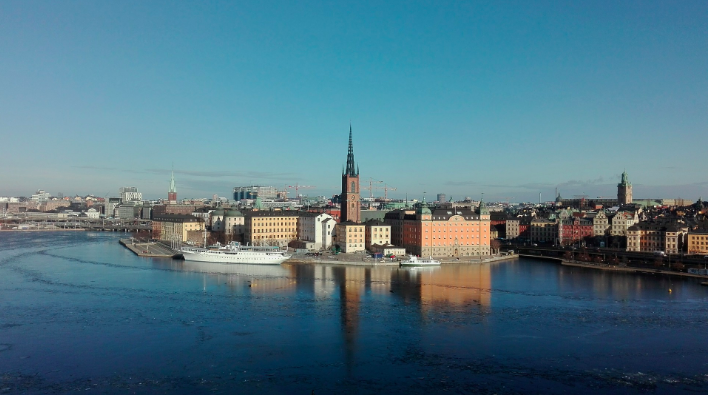
- BLOG
- Wellbeing At Work
Employee Wellbeing, The Nordic Way
Norway was recently announced as the happiest country in the world, nudging long-reigning Denmark into second place. A quick scan down the rest of the list reveals that other Nordic countries including Finland, Iceland and Sweden can all be found within the top 10. For the first time in its history, The World Happiness Report focussed on happiness in the workplace. Co-author of this chapter, Jan-Emmanuel De Neve says: "People tend to spend the majority of their lives working, so it is important to understand the role that employment plays in shaping happiness.”
Lending further strength to these rankings is The Global Workforce Happiness Index, a study that looks exclusively at workplace wellbeing. In 2016 this report gave top 10 spots to Denmark, Norway, Sweden and Finland, based on 200,000 respondents’ job satisfaction level, willingness to recommend their current employer to others and their likelihood to switch jobs in the near future. Author of the report, Daniel Eckart says: “Employee happiness is crucial for retaining good talent as well as having a motivated workforce that delivers great results and continuously innovates”.
With this in mind, we pose the question: what can we learn from the Nordic countries in terms of workplace health and wellbeing? Here is what we found:
- Work-life balance is an absolute priority and employers have strategies in place to ensure their people are achieving this. The average working week in Denmark, across industries and job roles, is 37 hrs hours and overtime is actively discouraged.
- Employees are often elected to sit on a workplace wellbeing panel and play a vital role in promoting everything from healthy lifestyle habits and work-life balance, to improved nutrition and exercise.
- Employees in Nordic countries report feeling a sense of autonomy in their work, something that has long been associated with high job satisfaction.
- Annual leave allowances are generous. In Finland, like most of its neighbouring countries, this is at the very least 25 days/year.
- Mothers are encouraged back to work and strategies put in place to aide this process. 78% of Danish mothers return to work once their children are in school, compared with a global average of 66%
Such a forward-thinking approach to the workplace does not, of course, exist in isolation and many other social, economic and political factors come into play that can make it challenging for other countries to adopt the same policies. But, when developing employee wellbeing strategies, businesses would do well to take a leaf out of the Nordic book and do what they can to encourage their people to be well, work well and live well.
